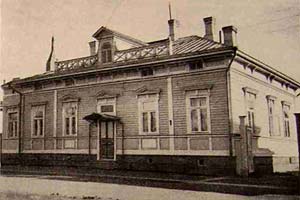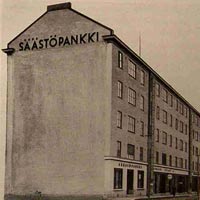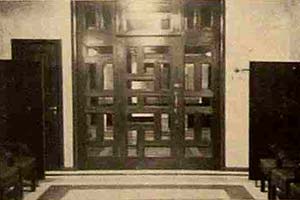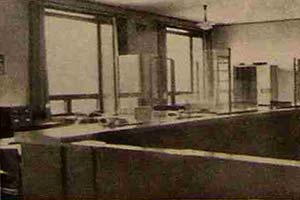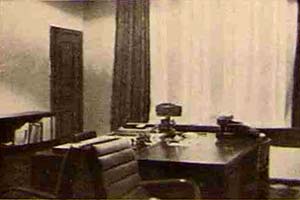Savings bank
|
||
|
||
|
The blueprint of the building was commissioned in 1929 to a famous Vyborg architect Uno Ullberg, already in the beginning of the twentieth century renowned for buildings designed and constructed in national romantic style. Among those were buildings of the United Bank of the Northern Countries (1913) and that of the Finnish Bank (1915). Uno Ullberg graduated from Helsinki Polytechnic Institute in 1897. Shortly before graduation he and some of his fellow – students were awarded a state grant in ancient Karelian architecture research. The result of the research was their book written on their travels across Finland and Russia and entitled “Popular Wooden Architecture of Karelia”. Besides, Ullberg studied French and Italian architecture. |
||
|
||
|
He designed schools, banks and sanatoriums. Being Vyborg Chief Architect from 1932 to 1936 he left considerable architectural heritage in this town. Among his most famous works are the Art Museum and Art School complex, several administrative buildings and the Round Tower reconstruction design. By the end of the 1930s, Ullberg created Helsinki Medical University complex which included a hospital, a clinic for children and an education center. His last work, erected in 1940, not long before his death, was the Bensow Business Center in Helsinki. |
||
|
||
|
The 1920s were the period of functionalism (also known in the former USSR under the name of “constructivism”). This trend consisted in abandoning superfluous decorations which was proper to the modern style, omnipresent at the beginning of the twentieth century. Functionalism quickly became popular in Finland and undoubtedly influenced Ullberg as well, although he tried to add some particularities to his buildings design. The example is the Saving Bank in Sortavala: regardless of general ascetic appearance of the building, its façade belongs rather to neo-classic style. Attention is attracted by a peculiar “panelled” ornament on both sides of doorframes, the patterned wooden door and the overall painting of the building. The interior part, however, belongs to a functionalistic style mentioned above. Construction of the five-story structure was finalised in 1930. The Saving Bank was quartered on the first floor, the ground floor was occupied by the archive, the conference hall and service rooms. Ullberg also designed bank furniture which was manufactured by “Helylä” holding company. The Bank invested some 465 000 marks into the edifice construction. After the Word War II Soviet “Gostrudsberkassy”, transformed nowadays into “operational part of the Saving Bank Branch N 6638” inherited the building. Its interior was remade many times, and the last vestige of the past was a bulky and heavy Finnish-made safe which keys were lost long ago. In 2004 it has disappeared in its turn during a renovation. This year the town of Sortavala has finally found money to paint the decayed façade. |
||
|
Translated by Alexandre Nikolaev |
